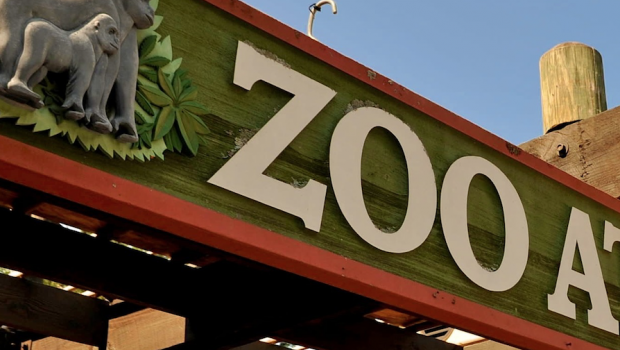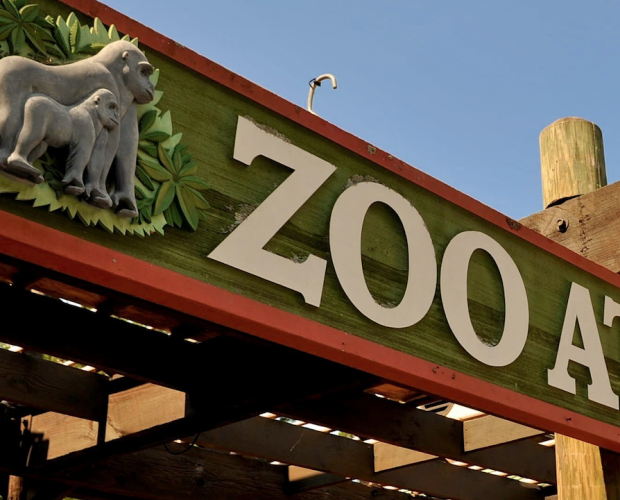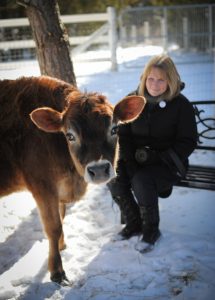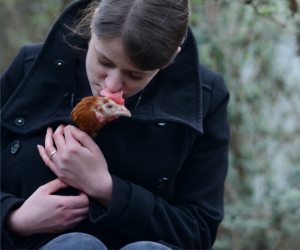


For most of us, stumbling upon a video of an adorable animal is something we enjoy. However, what if you decided it was your duty to show the world the animals we don’t see? For 41-year old Torontonian Jo-Anne McArthur, this is precisely the case.
The photojournalist, author and educator have been travelling the world for two decades to capture, in black-and-white and colour photographs, what she calls “the invisibles.” These are the animals we may not consider on a regular basis.
McArthur says our treatment of animals has been on her mind since her youth. “I was so curious about why we treat animals the way we do. Whether it’s a dog locked up in a backyard or animals in zoos. It’s a concern for animals, and I’ve had that since I was a wee child.”
McArthur’s first photobook, We Animals (2013), received acclaim from activists and the general public. That same year, the award-winning documentary The Ghosts in Our Machine was released, featuring McArthur and her photography. And this past summer, McArthur released Captive, her second photobook, which challenges traditional ideas about zoos and aquaria.
With her latest book and multimedia project, Unbound, co-authored with Dr. Keri Cronin of Brock University, McArthur is showcasing the women “on the frontlines of animal advocacy.” She hopes this project, in particular, will uplift people, as she realizes some of her photography about the plight of animals can be difficult for viewers.
However, she emphasizes her intention is not to create guilt, but instead, to inspire.
“I do realize I’m asking a lot of my audience. I’m asking them to confront terrible cruelty and to confront our complicity in the cruelty. It’s a lot. You have to provide people with what they can do. That’s what Unbound is. It’s solutions journalism.”
McArthur’s path toward a career as a photojournalist capturing animals in multiple situations has been anything but linear.
Once McArthur reached her post-secondary education, studying Geography and English at the University of Ottawa, she gradually pieced together her path.
“I took a black and white printing course and was like, ‘This is what I’m doing for the rest of my life.’ I shot all sorts of things for a while. Then I started photographing animals. I just started pursuing it, and it became a career.”
In the beginning, her work with animals was done on a volunteer basis, with money from other photography work acting as her income.
As she turned her camera to the dark corners of caged lives, she also started to suffer some health issues. In 2010, she was diagnosed with post-traumatic stress disorder.
“I was treated for PTSD and some mild forms of depression as result of this work, but I’m good now. I’m not saying it’s easy, but it doesn’t serve [anyone] if I burn out. Then I’m no good to the animals.”
Although McArthur has already accomplished a great deal with her photojournalism, she continues to create new projects to engage as many people as she can.
“I saw [what I’m doing for animals] as a necessity. I’m on this quest to reach the largest number of people, because, again, it’s all about helping animals. You can always use your skills to make the world a better place.”
No matter where her work may take her next, McArthur stays true to her objective.
“My goal is to meet people where they’re at. I champion all the changes people make. When you champion people, they feel empowered; they feel more open to information. And it kind of just goes on from there.”
To learn more about McArthur and her work, click here.


